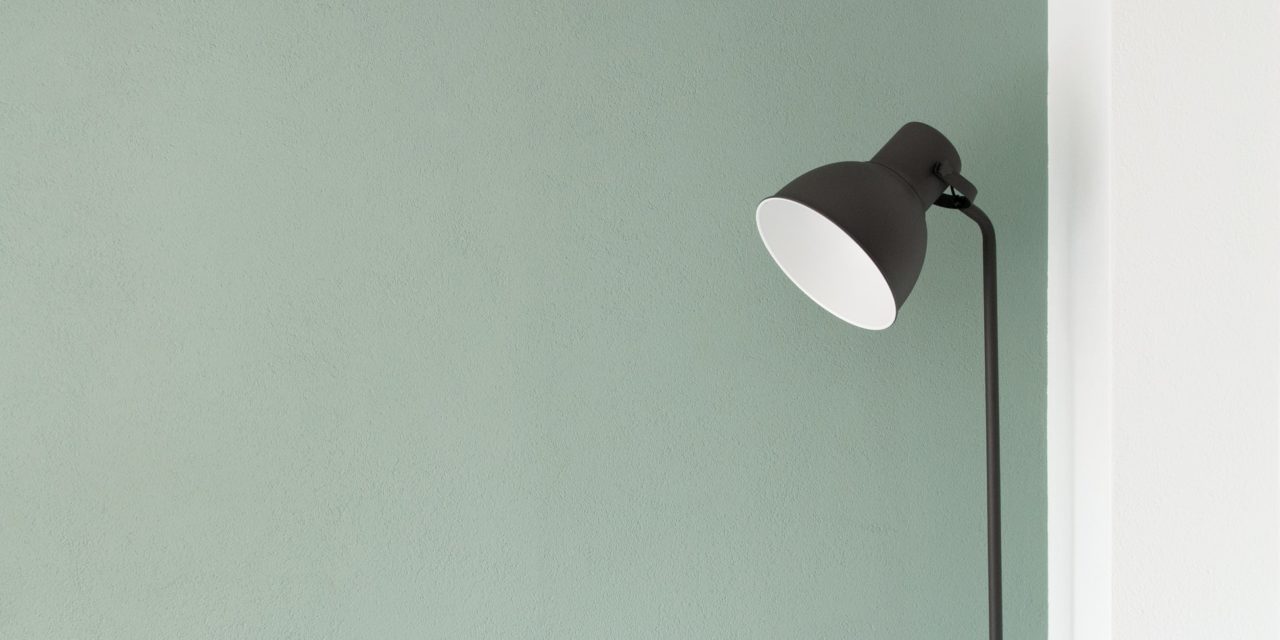[ad_1]
LED lighting is the most eco-friendly, the cleanest and the most energy-efficient way to illuminate an outdoor or indoor space. There are plenty of style, use and cost saving reasons to install this type of light. Here are six of the major benefits of using LED bulbs:
Long life
One of the easiest benefits to understand is the long life. LED bulbs have a usable lifespan in the region of 100,000 hours. This has the potential to provide nearly 20 years of use with the light in use for about 8 hours per day. The low output level is one of the reasons for the longer operational life. Also, the long life span means there is a lot less maintenance work to complete.
Energy efficient
The LED bulbs are nearly 80% to 90% more energy-efficient compared to the traditional alternatives. The incandescent lights are less efficient because of the amount of heat they produce, which isn't a problem with LED bulbs. The ability to save energy is most noticeable in large infrastructure projects, such as airports, railroads and cities. For instance, a typical airport has the ability to save about 30% more energy compared to using traditional lights.
Eco-Friendly
LED bulbs are entirely free of toxic chemicals, such as mercury, which can have a negative impact on the environment. They are 100% recyclable and a useful option to let individual households cut their carbon footprint. Also, this type of bulb can last about 25 longer than the incandescent which means there is a lot of material saved in the production process.
Durable Quality
The LEDs are built to be tough and durable and a practical option for outdoor use even in the most difficult conditions. They are built to be resistant to external impacts, vibrations and shock. The resilient nature makes the lights practical for manufacturing and construction sites. They are also usable in low temperatures without experiencing issues with normal operation.
Low UV Emissions
The LED bulbs produce low UV emissions and low infrared light. The low heat emission makes the lights a practical choice for materials and goods that are highly sensitive to sources of heat. Also, there are plenty of UV sensitive materials in art galleries and museums that preferred this light source.
Flexibility
LEDs make it possible to create a wide range of light effects. This type of light is dimmable for complete ease in controlling its distribution and color.
[ad_2]
Source by Leo Eigenberg


